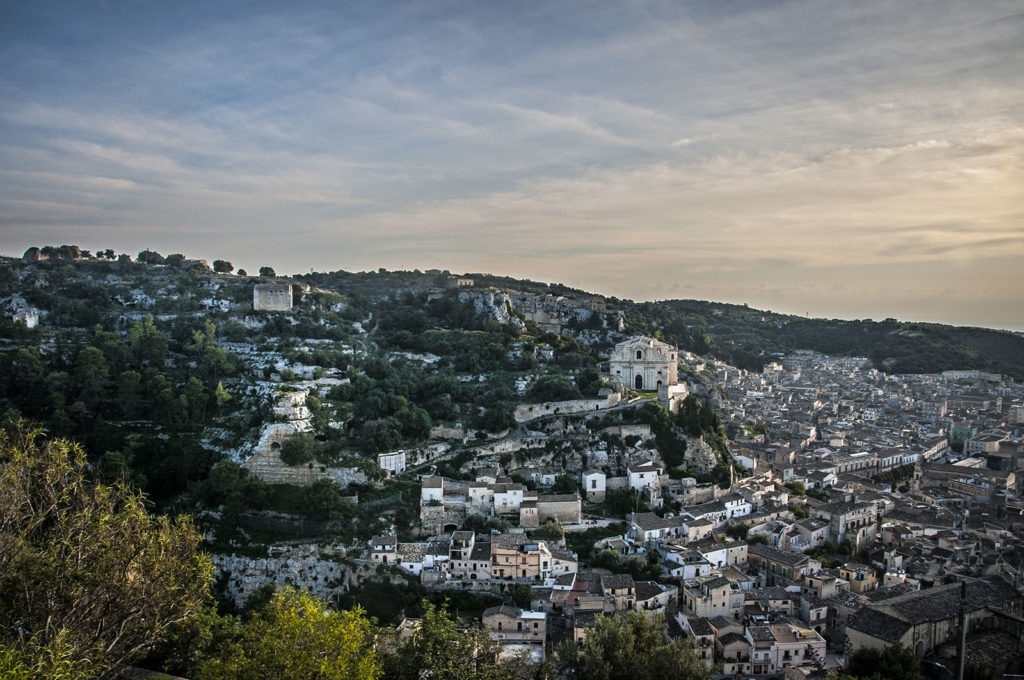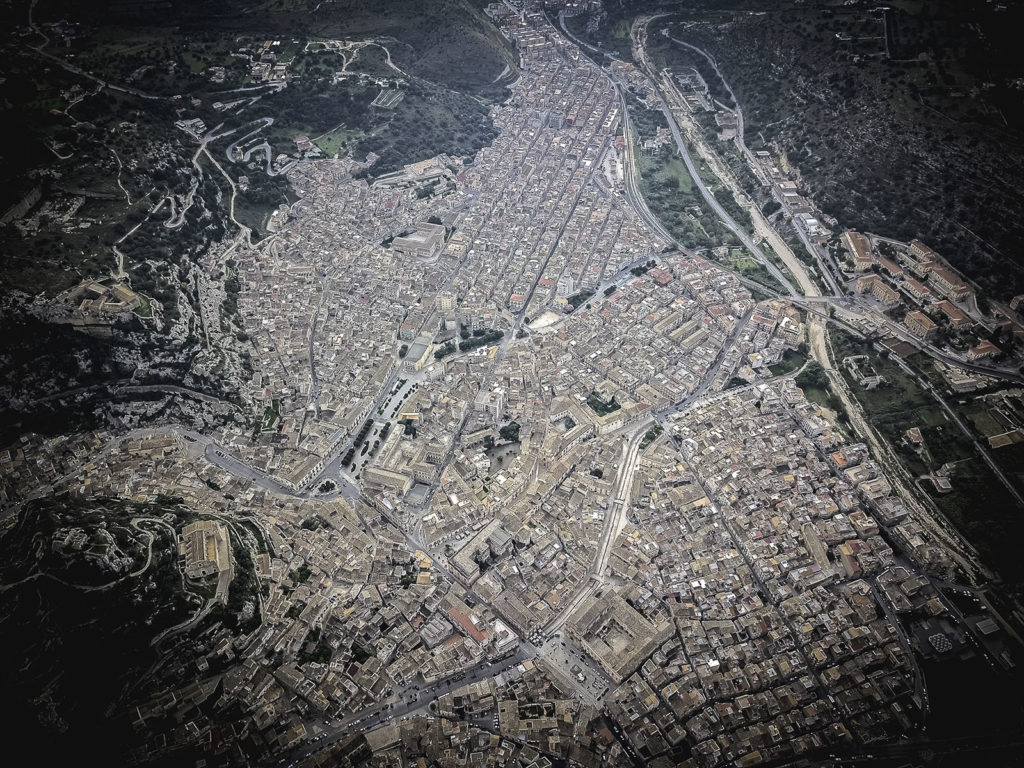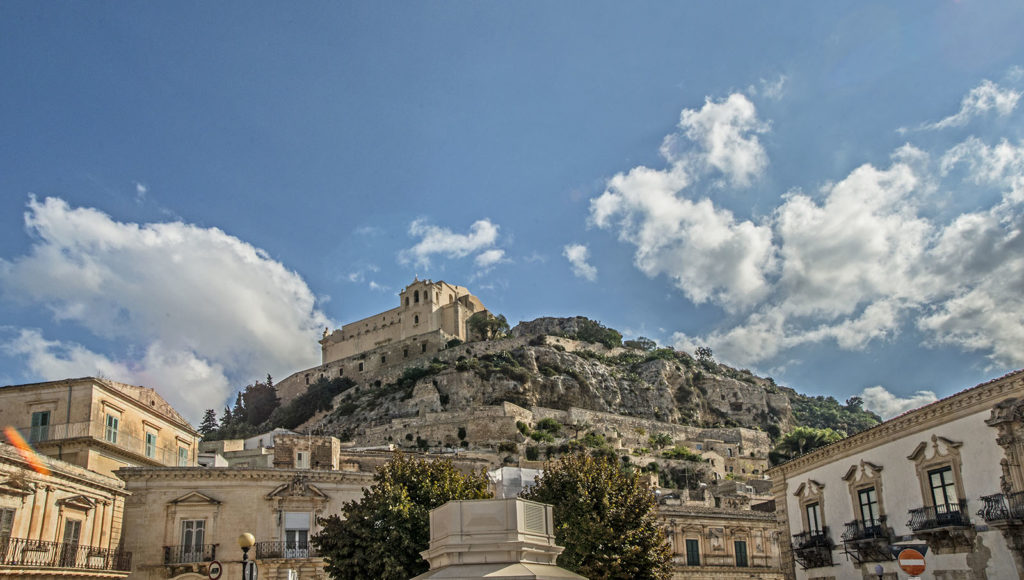Scicli is one of the towns of the former
County of Modica
and is divided into three areas of interest, as described by the great Syracusan writer
Elio Vittorini
.
 The historical centre of the town, included on the World Heritage List in 2002, is situated on the San Matteo hill, characterised by narrow and irregular streets that trace the medieval urban fabric.
The historical centre of the town, included on the World Heritage List in 2002, is situated on the San Matteo hill, characterised by narrow and irregular streets that trace the medieval urban fabric.
The outermost areas near the “quarries” of San Bartolomeo and Santa Maria la Nova are also inhabited. These important sites prove the presence of settlements since the Copper Age.

 The newly built township, a result of the earthquake of 1693, then extends along the Hyblaean plateau towards the sea.
The newly built township, a result of the earthquake of 1693, then extends along the Hyblaean plateau towards the sea.
In the mid-17th century, before the earthquake, the city had 11,000 inhabitants and around forty churches dotted about the city.
The earthquake was so devastating that it even hit the main church of San Matteo (St. Matthew).
They chose not to abandon the city and rebuilt it on the same site, expanding the town around the oldest area.
A typical material of the area for its easy processing and bright white colour, limestone was used to build the scenic Baroque works of architecture that still retain all their splendour today.
